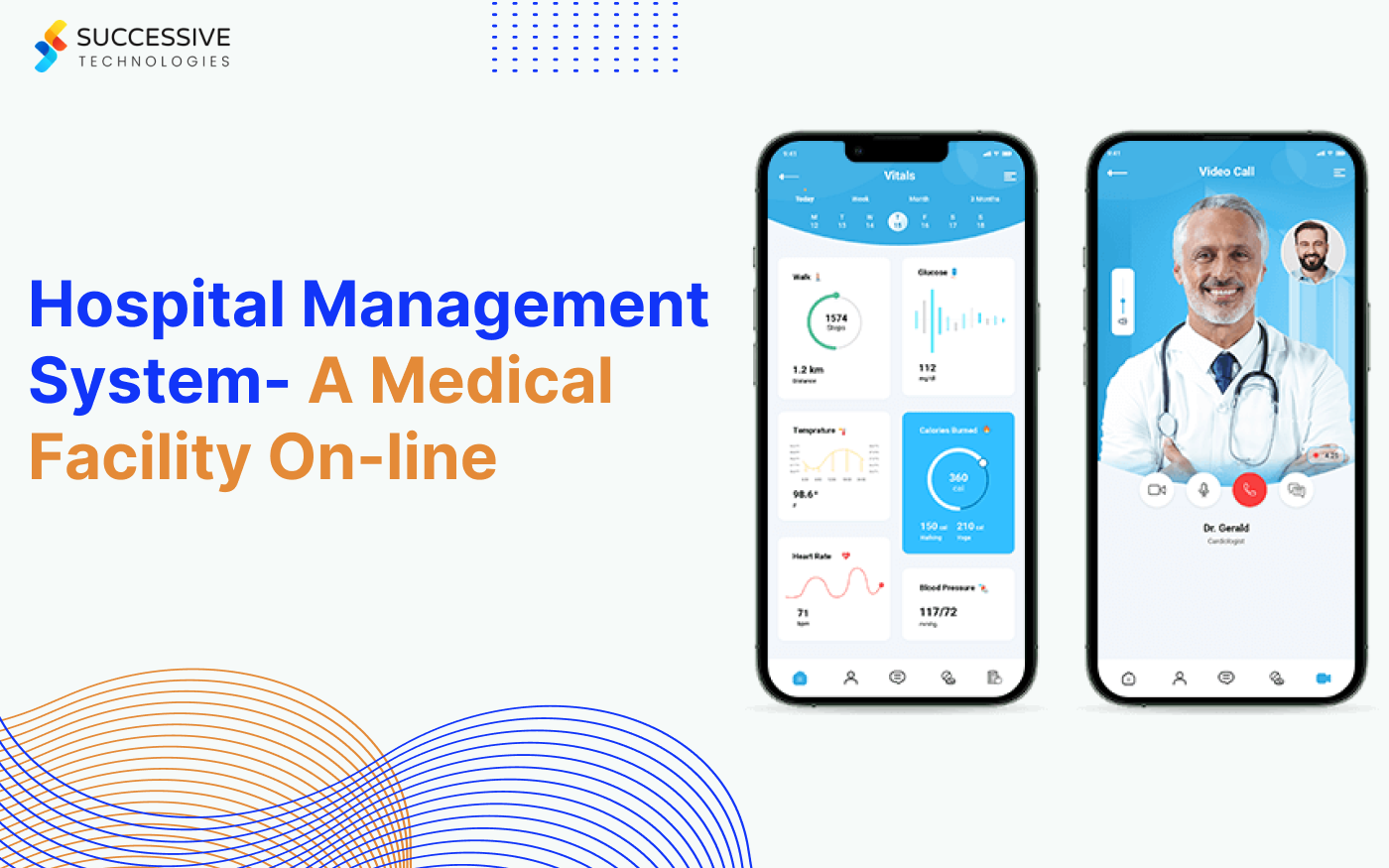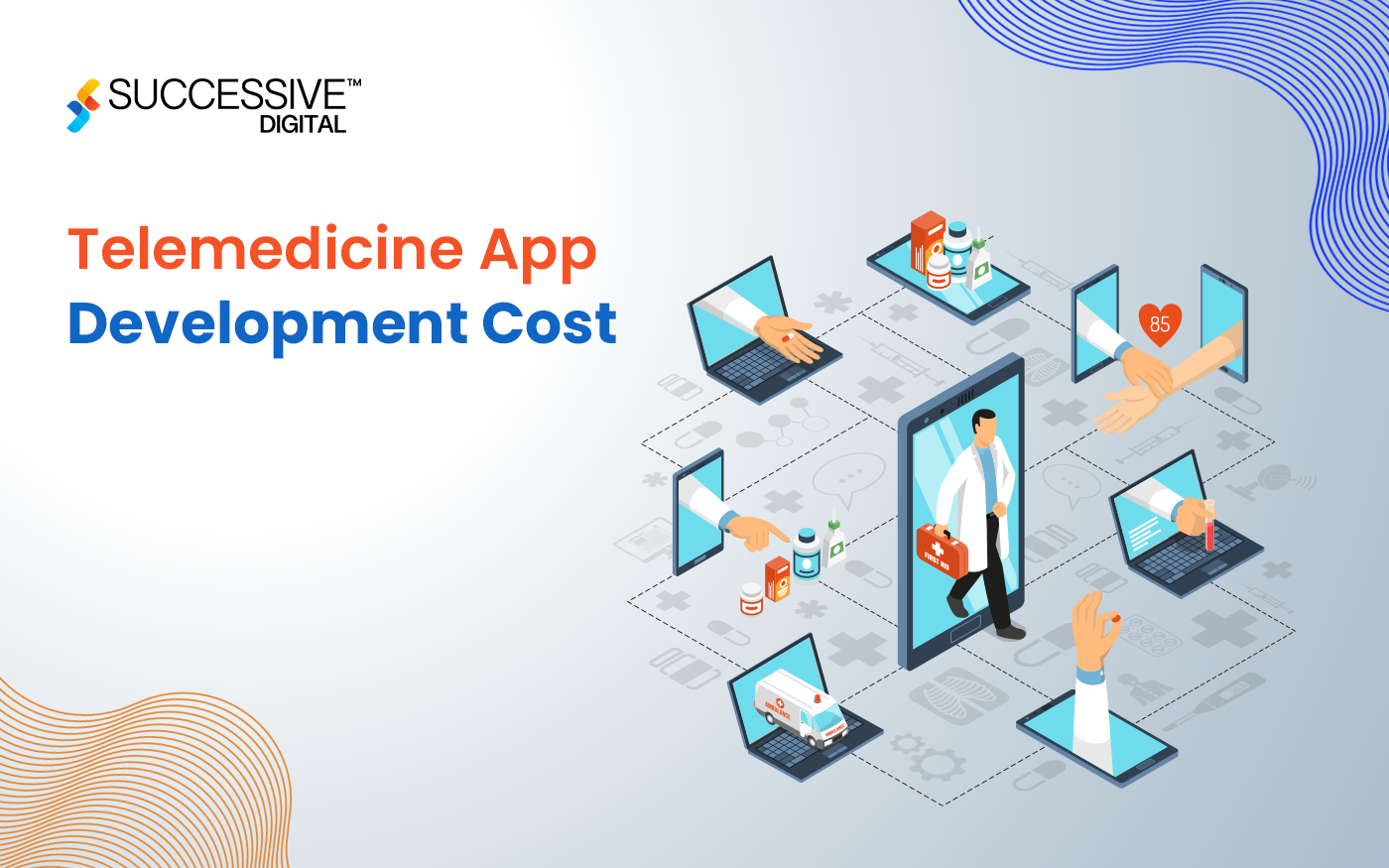The word ‘Digital’ has become a norm in most of the industries worldwide. One of the most influential industry, which has seen an exponential growth with the wide adoption of tech advancements is Healthcare. The new lingo in the market is about Digital Health. It is a broader terminology that can be facilitated through a variety of methods, including Digital Communications, Telemedicine, and Tele-monitoring. The increased demand for digital health platforms and softwares will allow the market to continuously grow at a rapid pace.
Here are some major statistics in the Telemedicine industry-
- The Telemedicine industry is expected to create more than $5.4 Bn market opportunity by 2025, globally.
- Over the past few years, Telemedicine has seen an increased adoption rate of 71 percent.
- In March 2020, India’s Telemedicine guidelines issued have clarified regulations for startups and investors.
- Telemedicine promises to solve the most challenging problems in the healthcare system for the future, allowing access to care in a cost-effective way.
- Big Startups such as Practo and DocPrime are leading India’s Telemedicine market with plenty of untapped opportunities.
With the aforementioned point, it is clear that the Telemedicine trend will help shape the future of the healthcare industry. And It will continue to grow as it helps close the gap between patients and healthcare providers. The ability to deliver healthcare services remotely, using computing devices and customer-facing AI-powered apps are the most contributing factors for the growth of the telemedicine. Telehealth visits continued to surge in the year 2019, driven by thriving reimbursement measures that are increasingly positioning telehealth as a highly attractive care option for providers as well as patients. On the other hand, supportive reimbursement progress, coupled with the growing awareness and acceptance of telehealth’s value, has set the stage for big moves in 2020 that will change the paradigm of healthcare.
Why Telemedicine in Required More than Ever?
There is often no replacement for face-to-face interaction with a physician and telemedicine requires specialized physician training and equipment. But its implementation would help facilitate overworked doctors provide badly needed medical services in rural areas, and even lower healthcare costs that burden the entire system. Even if no other good for health care come out of the coronavirus crisis, one development the incorporation of telemedicine into routine medical care — promises to be transformative.
Without having to travel to a doctor’s office or clinic, patients can have many ailments “seen” on a computer, tablet or smartphone by a health care practitioner and have treatment prescribed as needed. In short, Telehealth can-
- Brings Expertise to All Areas
- Assists People with Limited Access to Specialists
- Lower Healthcare Costs
- Increase the Monitoring of Chronic Conditions
- Attracting New Patients and Retaining Existing Ones
This movement could be a game-changer for the healthcare industry, but mounting its implementation will require well-coordinated action between governments, tech firms and healthcare providers to overcome existing barriers.
Some of the biggest Telemedicine barriers include-
- Physician Licensing
Cross-state licensure is also a problem, along with credentialing. The current approach to medical licensing requires health providers to obtain multiple state licenses and adhere to diverse and sometimes conflicting state medical practice rules.
- Difficulties integrating Telemedicine into the practice workflow
There is also a lack of acceptance by patients and healthcare providers that may arise from discomfort with technology, the relationship with the provider, and concerns over security of information and confidentiality. It is essential to educate the clients and increase public awareness for it.
- Lack of good reimbursement models
Certain criteria must be met for practitioners receive reimbursement. When reimbursement is limited, patients in the affected regions are under-served. As of January 1st, Medicare has established new payment codes for services provided. It is essential to take time and understand the new codes and reimbursement guidelines and implement them carefully.
- The Future of Telehealth is Bright!
Considering so many advantages, the widespread adoption of telehealth is now recognized to be a sure thing. Telehealth was never well-meant to replace the traditional on-site clinical visit. Rather, telemedicine should be used as one more clinical tool in the clinician’s tool belt, with the ultimate and the best aim of enhanced care for patients and increased operational efficiencies. As telehealth utilization picks up, we’ll also see an influx of “peripheral” services and devices to support it.
However, in the coming years, practices that fail to adopt telehealth will lose patients to their competitors that offer this facility. In 2020, we will see companies, providers and health plans move toward using telehealth not just to increase access to care, but also to deliver improved care as well as to increase revenue and/or reduce costs. As we know, the outbreak of COVID-19 has created a lot of barriers for patients who are ill and have a serious disease, in such case, the implementation of the successful Telemedicine program is all you need!
If you are a healthcare provider and deal with telehealth rollout issues, integration challenges and more.
No worries!
Our team of Telemedicine Experts and Developers gives you the power to bring your ideas to life. Want to know more about how to get started with implementing a telemedicine platform for your healthcare practice?












